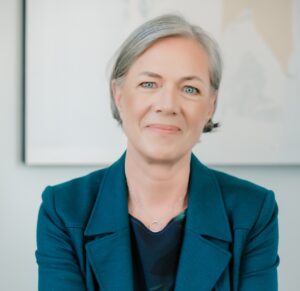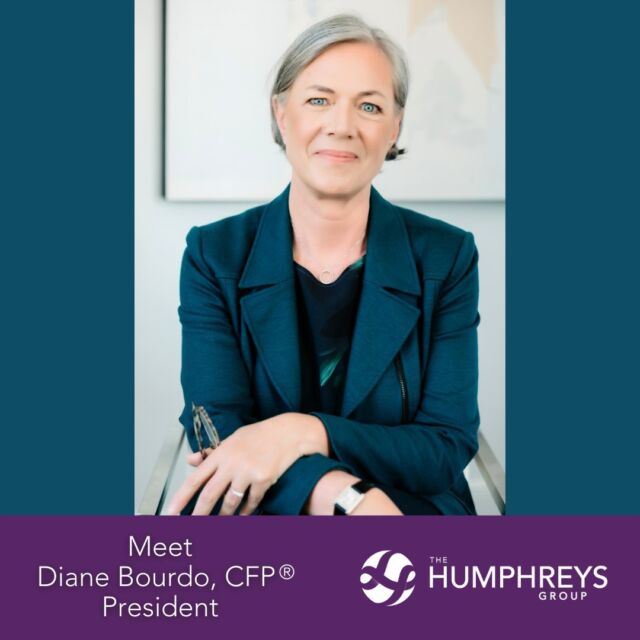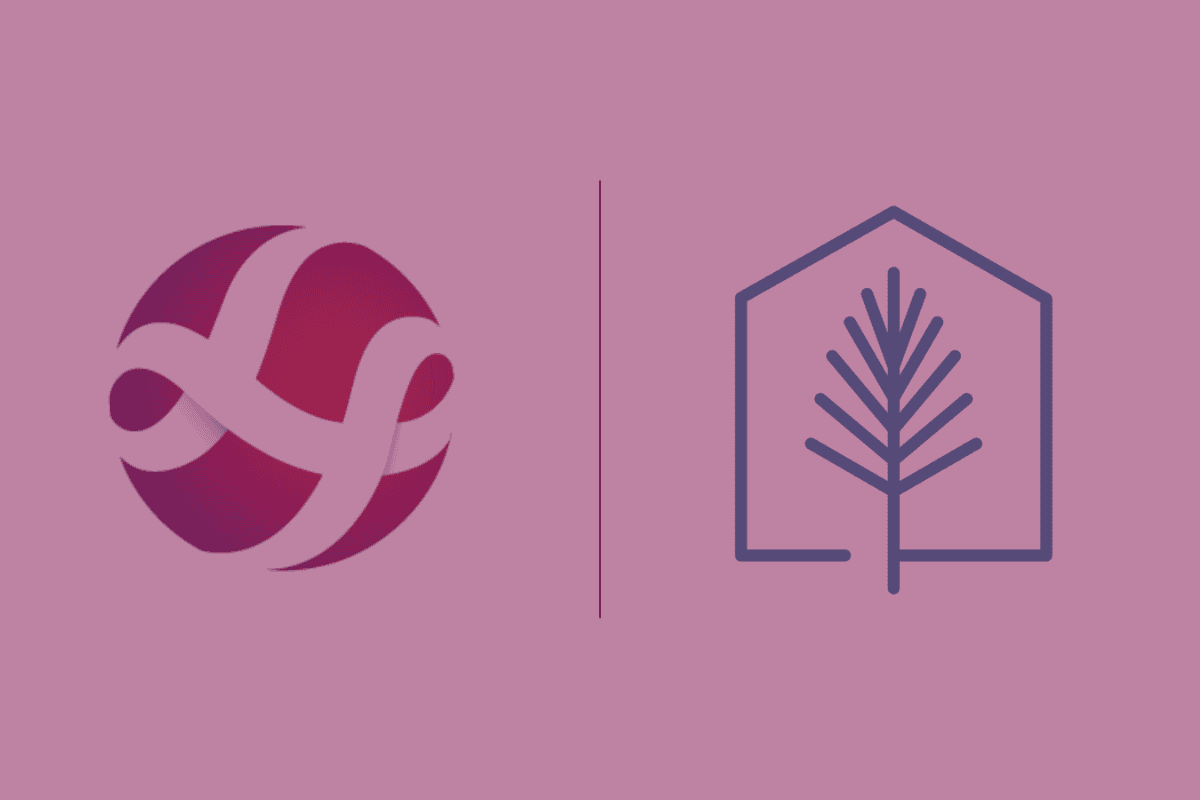Despite a fair amount of progress, women still only earn about 79 cents for every dollar a man makes. Countless advocates have dedicated their time to push for policies intended to close the gender income gap, and it’s still worth fighting for — researchers say the gap likely won’t close until at least 2059.
But the income gap is not the only thing hampering women’s financial mobility. Lurking beneath it is another disparity that, in some ways, is even more alarming: the wealth gap.
We think tackling gender differences in wealth is just as important as tackling gender differences in pay, so we’re taking the first step in doing just that. Allow us to explain why it’s a myth to think that closing the income gap is all women need to achieve economic equality.
What is the Wealth Gap?
Okay, so the wealth gap exists, but what exactly are we talking about? The most recent data comes from the Federal Reserve, which revealed that in the United States, the median wealth for single women is $3,210, while single men have a median wealth of $10,150. This means women own 32 cents for every one dollar owned by men. That’s it — 32 cents. And just like the wage gap, the wealth gap is even worse for women of color. Black and Latina women own just pennies on the dollar compared to their white female peers.
This is important because, at the risk of stating the obvious, a person’s wealth — their assets (cash, investments, and real estate) minus their liabilities (credit card debt, student loans, and mortgage debt) — determines how well they withstand a financial emergency.
In fact, many economists believe that measuring wealth is a much more accurate picture of how one is doing financially because wages only indicate how much money is coming in; wealth measures how much has stayed in. When an unexpected medical bill or car repair arises, it’s wealth that we tap into — and men are able to tap into literally three times as much.
Why is the Disparity So High?
There’s no doubt that the income gap contributes to this difference in wealth, but it is not the sole reason the disparity is so high. Another significant element is single parenthood. Women are more likely to shoulder the responsibility of raising children on their own. If you have kids, you know parenthood does not come cheap. Between 2000 and 2012, child care costs increased by 24 percent and medical care costs increased by 21 percent. This happened during a time when the median income in the United States actually declined.
As a result of rising costs and lower incomes, women — particularly low-income women — are increasingly likely to take on debt to cover their expenses. JP Morgan Chase compared the accounts of men and women following a large, unexpected medical payment and found that one year after the payment was due, women experienced a 14 percent increase in their revolving credit card balance, while men experienced an increase of just 3 percent. And that was just a credit card — when looking at women’s liabilities overall, their median debt was 177 percent higher than the median debt for men. Mariko Chang, a leading researcher on the wealth gap, calls this the “debt anchor” because debt payments so clearly weigh down a person’s ability to build a financial safety net.
Lastly, the wealth gap is further exacerbated by the limited access women may have to employment benefits, government benefits, and tax breaks that facilitate wealth-building, due to their employment status.
Women are more likely to work part-time jobs, which often inhibit them from participating in 401(k) plans and accessing health insurance. In addition, women are incredibly underrepresented among the wealthiest Americans, who receive the most generous tax credits, deductions, and exemptions. The top 1 percent receive $95 billion in federal tax benefits, which is more than 26 times the bottom 20 percent, who receive $3.6 billion — and women are overrepresented in that bottom 20 percent.
What Can We Do to Fix The Wealth Gap?
It’s easy to get discouraged by all of this evidence. We understand that creating positive change may seem daunting, as the causes for the wealth gap are systemic, societal, and largely beyond our control.
There actions we can take that will help alleviate the wealth gap and give it the attention it deserves.
Check out the Consumer Financial Protection Bureau (CFPB). The CFPB is a government agency that makes sure American banks, lenders, and other financial companies treat their customers fairly. The CFPB website offers a wealth of resources and information, including guides on securing different types of loans, understanding the ins and outs of student loans, and detecting financial frauds and scams.
If this strikes a chord and aligns with your values, consider supporting a community loan or nonprofit organization that is tackling the wealth gap, such as the Northern California Community Loan Fund. This organization (and others like it) provides financial products, sound advice, and community involvement to create economic opportunities and revitalize low-income communities.
Support your local female entrepreneurs. Use their services, buy their goods, and frequent their enterprises. In the big picture, this may seem insignificant, but it makes a world of difference to that business owner. Building a business is one of the quickest ways people accumulate wealth, and your financial support — at any dollar amount — will play a part in that.
See Robert Reich and a colleague walk through “the why’s” of the wealth gap, and explore what can be done on a policy level to reduce it. Watch the four-minute video here.
Want to learn more about the wealth gap and breaking money myths? Download our free eBook Rewriting the Rules: Telling Truths About Women and Money.
























